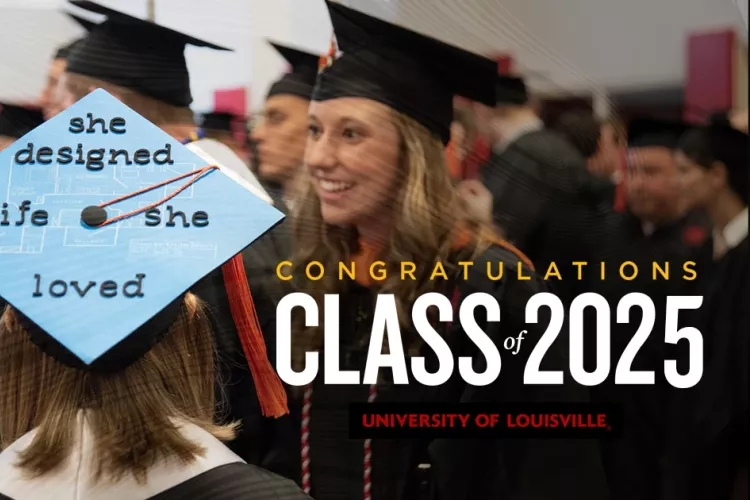University Libraries diversity residency initiative adds unique perspective
October 2, 2024On a recent rainy Thursday on the eastern steps outside UofL’s Ekstrom Library, a small group gathered to read and hear excerpts from "I Know Why the Caged Bird Sings," "Beloved" and "Slaughterhouse-Five," books banned at some point in the past.
The event was led by George Martinez, the 2016-17 Diversity Residency Librarian for the University Libraries, to commemorate Banned Books Week at Ekstrom. Earlier in the week he’d staged a screening of "Persepolis," an Iranian movie based on a banned graphic novel, and directed visitors toward the Writing Center, where they could create imaginative book covers.
These tasks were among those Martinez eagerly embraced as part of his diversity residency, a Libraries’ initiative that gives a deserving individual from an underrepresented group a foothold in a competitive profession, where minority workers are trending up, but remain relatively scarce.
Unlike most internships, which are unpaid, the diversity residency provides a salary and on-the-job training; in return, the Research Assistance and Instruction department, where Martinez works, benefits from his expertise and training as a librarian and teacher.
“He brings a fresh perspective and lots of energy and enthusiasm for his work,” said Anna Marie Johnson, head of RAI. “There is flexibility in the position. The resident can attend meetings and participate in the work of groups across the library to learn about the various aspects of the academic library. In addition, the residency comes with a unique opportunity, co-authorship on an annually produced bibliography of articles on information literacy which allows the resident to gain knowledge in this important area while also getting his or her name on a publication which is important in the academic library world.”
The fact that the position exists highlights the Libraries’ commitment to diversity, says Martinez.
“There are only a handful of these types of librarian residencies throughout the country. It’s a great way for me to get my foot in the door of academic libraries and I would not have relocated from California to Kentucky without this opportunity. It was also very helpful to know that the Libraries cares about diversity and serving the entire UofL community.”
In 2015, 166,000 individuals were employed as librarians in the U.S.; of those 83 percent were female; 84 percent white; 8.5 percent black or African American; 2.8 percent Asian; and 4.8 percentLatino, according to the U.S. Dept. of Labor Statistics.
There are various reasons for the imbalance, says Martinez.
“It’s complicated to pin down why exactly librarianship is not diverse. One factor is that librarianship is not viewed as a high-paying profession and that could deter people from investing in a master’s degree in library science, which is a prerequisite for librarians. Some of the other factors relate to cultural competency within libraries,” he said.
It’s important that libraries diversify, to “properly serve their patrons and show that they welcome a variety of backgrounds and perspectives. If we can foster diversity in librarianship, then we can more easily connect with a wider range of communities.”
“The profession is aware of it and is working on it. The residency program is one way the UofL Libraries is tackling this,” Martinez said.
The program began in 1999 as an internship that offered participants paid tuition to complete their master’s degree in library science. In 2008, the program changed to a post-MLS residency that supports librarians from underrepresented groups early in their careers, after they’ve finished their MLS degrees. In this way the Libraries align with the UofL 2020 Plan’s overarching goal of supporting diversity within the student body and solidifying its position as a nationally recognized metropolitan university.
The residency is designed to be limited in duration in order to allow a greater number of participants. Martinez will be leaving in summer of 2017.



